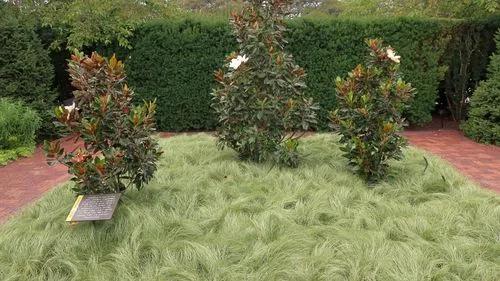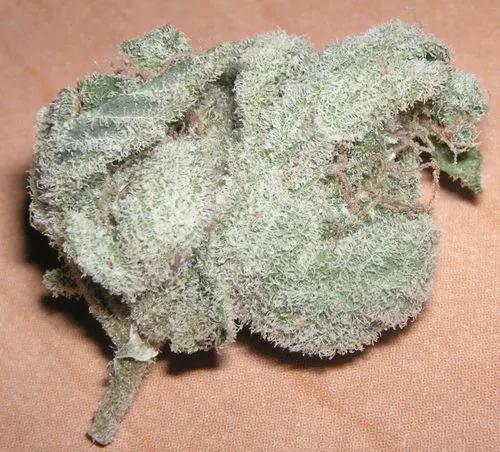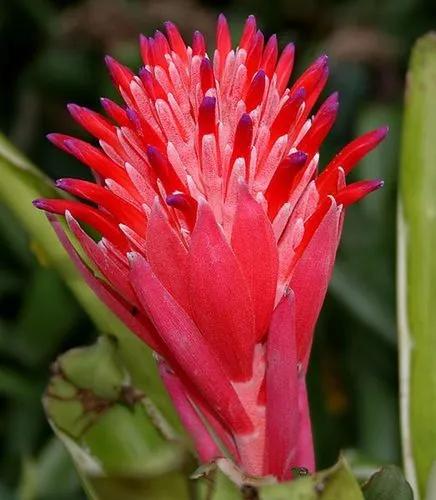Peninsula from Flagler, Pasco and Polk counties south into the Keys To see where natural populations of Marlberry have been vouchered, visit florida.plantatlas.usf.edu. Hardiness: Zones 9–11 Lifespan: Perennial Soil: Dry to moist, well-drained organic, sandy or calcareous soils Exposure: Full sun to partial shade Growth habit: 3–18’+ tall (tallest in southern climes) Propagation: Seed Garden tips: Marlberry is often overlooked as a landscape plant, but this shrub to small tree is both attractive and versatile. It works well as both a specimen plant and when used as a hedge or buffer, as it can easily be pruned or trimmed to maintain a desired shape or size. The plant is salt- and drought-tolerant and will grow in sunny and shady landscapes.
Island Marlberry Care
Ardisia Escallonioides



evergreenshrub or tree that occurs naturally in coastal strands and hammocks and pine rocklands throughout Central and South Florida. It blooms and fruits intermittently throughout the year, with peak blooming in summer through fall. Marlberry’s abundant fruit is enjoyed by birds and small animals and is also edible to humans. Its dense foliage provides significant cover for wildlife. Its fragrant flowers may be creamy white or pinkish, have distinctly noticeable yellow anthers, and are born in dense terminal or axillarypanicles. The plant’s thick, dark green leaves are glossy, lanceolate to elliptic and tend to reflex upward. They are petiolate and alternately arranged. Leaf margins are entire. Bark is smooth, thin and whitish-gray. Fruits begin as small green to reddish drupes that turn shiny and black when mature. Each fruit bears a single hard seedThe genus name Ardisia is from the Greek árdis, or “point of arrow,” and may refer to the flowers’ anthers or corolla lobes. The species epithet escalloniodes is derived from the genus Escallonia (named after the 18th century Spanish botanist Antonio Escallón y Flórez) and the Greed eîdos, meaning “resemblance” or “likeness.”.Marlberry may be confused with its non-native cousins, Coral ardisia (Ardisia crenata) and Shoebutton ardisia (Ardisia elliptica). Coral ardisia is differentiated from Marlberry by its crenatelytoothed leaf margins and bright red berries. Shoebutton ardisia’s flowers are a bit larger than Marlberry’s and pinkish-purple. Both are Category I invasives that are known to displace native species and alter natural communities. If present, they should be removed and destroyed.
How to Care for the Plant

Popularity

21 people already have this plant 2 people have added this plant to their wishlists
Discover more plants with the list below
Popular articles






